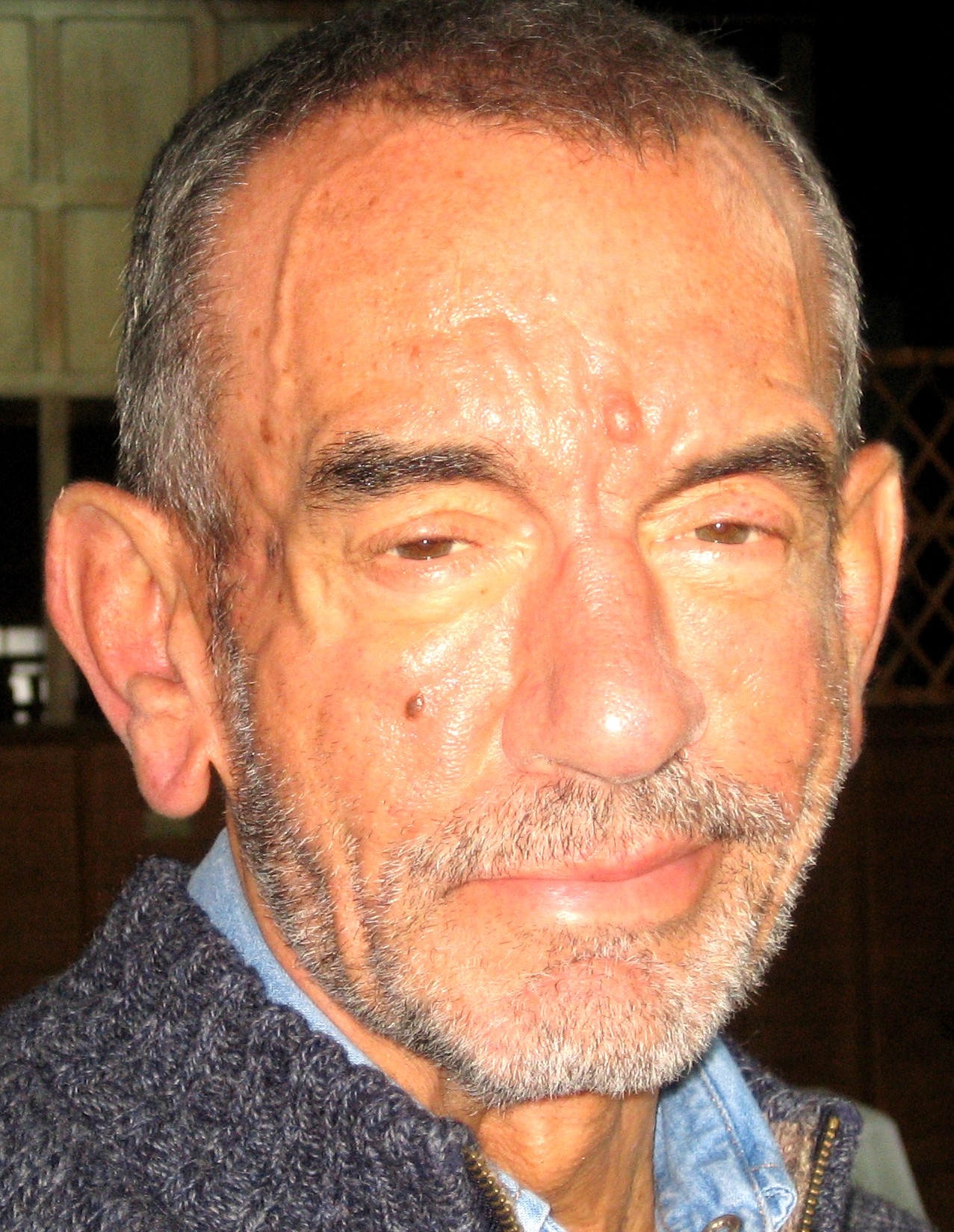Peter Chester plays at St Swithun’s, Hither Green
Bach Fantasia in G minor.
As many of you will know, this piece rather stands alone in Bach’s organ Repertoire. Its style is unlike any of the other Preludes or Toccatas. There is an improvisatory feel to the main sections, interspersed with two delightful interludes or codas in contrast to the music before and after.I chose this piece to open a recital two months ago at St George’s Beckenham. The codas offer an opportunity to contrast the sound with just 8ft stops; as opposed to the plenum in the main sections.
Click my photo to hear the Bach, or click https://www.youtube.com/embed/-6oLTNYLRwg
Pierné Prelude.
Gabriel Pierne followed Cesar Franck as titulaire at St Sulpice.  He composed across all musical genres and while he joins the ranks of Parisian organist-composers hardly any of his organ music survives.
He composed across all musical genres and while he joins the ranks of Parisian organist-composers hardly any of his organ music survives.
This Prelude comes from a set entitled Trois Pièces. It is in the key of G minor and is almost pianistic in manner. I studied it for grade 8 many years ago and it has remained a firm favourite.
The photo of the organ to hear the Pierné or click https://www.youtube.com/embed/HBOiAESNsMM
The organ
The present organ in St Swithun’s Church,Hither Green was built by Peter Conacher of Huddersfield, however, it did not begin life here. Sometime during the nineteenth century the organ was originally installed at Blenheim Palace in Oxfordshire, home of the Duke of Marlborough. In 1891 a larger organ was built for Blenheim, by Father Willis (of Henry Willis and Sons of London); this new organ had four manuals and pedals, with seventy stops – huge for a private residence!I
It was probably two years later that the Conacher organ was installed in St. Swithun’s by Father Willis. It was installed in the north east of the church (where the pipes are today), and was a three manual instrument, with nine speakin g stops on the Great, ten on the Swell and six on the Choir; the Pedal organ had just three stops (which was typical of Conacher) and there were five unison couplers. The full specification is given http://www.npor.org.uk/NPORView.html?RI=N16392
g stops on the Great, ten on the Swell and six on the Choir; the Pedal organ had just three stops (which was typical of Conacher) and there were five unison couplers. The full specification is given http://www.npor.org.uk/NPORView.html?RI=N16392
In 1959 Sidney George Tuddenham, then St Swithun’s organist, paid £5000 for the rebuilding of the instrument. This amounted to a reworking – and a pruning – of the existing pipework, with the result that we now have a fine, healthy two-manual organ with some excellent Solo stops – notably the Basset Horn, the Oboe, and the Tromba.
The Conacher organ is a fine instrument and is still making music to praise the Lord to this day and it is a joy to be one of the people doing so.
Peter Chester
Previous MyChurch


